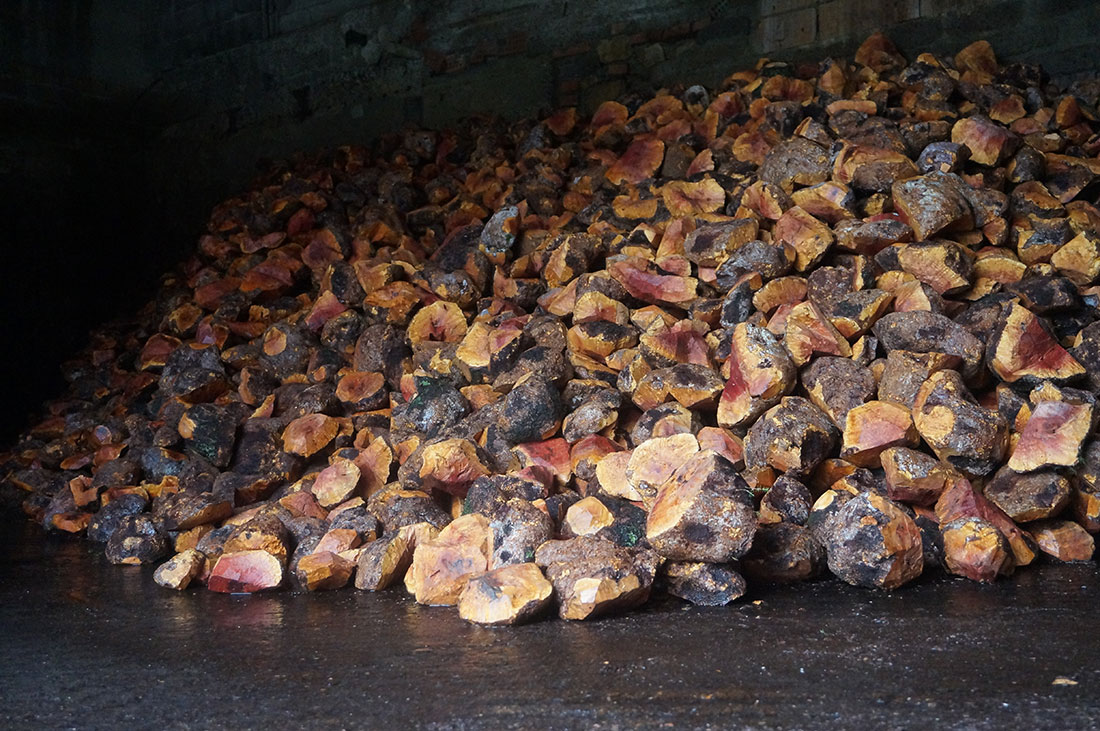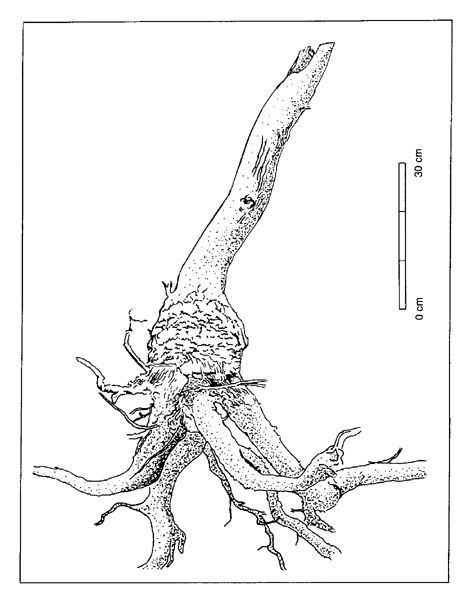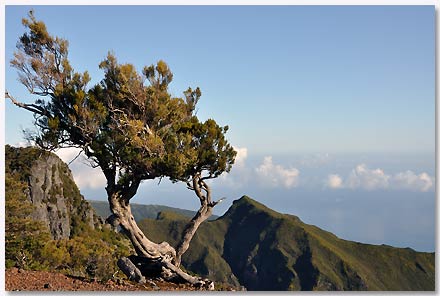
As I had the opportunity to underline, in my article of four years ago Briar Log: Unusual in-depth Analysis, that the only scientific works on Erica arborea relating to the construction of pipes are from the colonial period, and it is no coincidence that they were written by Italians and French, the most interested in increasing the production of logs in order to feed the emerging pipe industries.
In this regard, Auguste Chevalier wrote in 1927: in France alone, the manufacturing of these pipes employs 10,000 workers and a city in the Jura, Saint-Claude, is busy with this type of industry almost all year round.
These studies, conducted mainly in the colonies of Algeria, Tunisia, and Eritrea, concerned the macro and microscopic structure of the log, hypotheses on its probable origin and tests on heat resistance, without, however, being able to give certain and definitive answers about its nature.
In the 80s and 90s, the research was limited to deepening what emerged from previous works using more modern instruments such as, for example, the study of Tsoupis and others of the Aristotelian University of Thessaloniki, which clarified how the heat resistance of heather briar was certainly not due to the high silicon content, as had been thought until then. Tsoupis, however, could just make some alternative hypotheses without producing any experimental evidence about the reason for the flame-retardant properties of the briar.
Finally, we know what the log is
Because of the disastrous climate change that is in place, international research has begun to take an interest in fire-resistant plants, including Erica arborea.
Studies on these plants, capable of vegetate again after a fire, have revealed that their peculiarity lies in a structure located between the stem and the roots, rich in starches and buds. This structure is called LIGNOTUBER and in Italy it is present in 14 species typical of the Mediterranean scrub, including the Erica arborea.

On the other hand, all the authors who had dealt with the study of Erica a., understood that the origin of the log was due to a reaction of the plant to attacks at its aerial part (fires, insects, grazing), but only now we know that this reaction is not contingent (now and here) but genetic.
The real novelty, some researchers of the University of Chile write, is that all 14 species studied in the Mediterranean that present lignotuber are from descendants with origins dating back to the Tertiary and therefore prior to the Mediterranean climate. (…) lignotubers have numerous buds protected by hypertrophic scales and have a twisted xylem containing abundant starch. This may mean that lignotuberous species can be considered examples of plants that have adapted to the considerable number of natural fires that have occurred throughout the Tertiary and Quaternary (today united under the definition of Cenozoic and covering the time span between 65 million years ago to the present).
The Erica arborea, in short, “learned” how to defend itself from fire millions of years ago, when the earth climate was fiery, forming a lignotuber at the collar of the plant that would allow it to regrow with each new passage of the fire.
The mushrooms friends of the Ericaceae
Two researchers from Rhodesian University wanted to deepen the nutritional mechanisms of Ericaceae to understand how they manage to survive in environments so poor in nutrients.

The symbiosis between fungi and roots was already known. Today, however, we know that Ericaceae are associated with the so-called ericoid mycorrhizal fungi (ERM) for their survival, a large group that includes: Meliniomyces sp. , Acremonium implicatum, Leohumicola sp. z o.o. , Cryptosporiopsis erica, Oidiodendron maius and an as yet unidentified Helotales fungus. They secrete enzymes and secondary metabolites that are capable of degrading organic polymers such as chitin, proteins, nucleic acids, and lignin. All this explains why heather manages to grow in environments so hostile to other plants.
Finally, a bit of history about the birth of the heather pipe
I report here, by way of historical curiosity, a passage from Auguste Chevalier’s already cited article, published, I remember, in 1927:
For a long time in Europe only cherry wood pipes (Cerasus avium L.) were used as pipes made of woody material. In the Vosges and the Black Forest there are still factories of cherry wood pipes.

According to M.V. DAVIN, honorary deputy director of the Botanical Garden of Marseille, the heather pipe industry began around 1850 in Saint-Paul-de-Fenouillet, in the Eastern Pyrenees. It was imported ten years later into the Var, by M. VASSAS senior, of Marseille; from there this industry passed to Italy. The Vassas company began in 1906 to exploit heather in Algeria and Tunisia, and we know that this company still produces copious quantities of outlines every year.
Until 1906 the exploitation of heather for the manufacture of pipes was somehow monopolized by Italy (Sanremo, Tuscany, Calabria, Sicily). Currently, as we will see later, the production of French northern Algeria exceeds by far that of Italy.
Heather wood presents for the manufacture of pipes such qualities that have not been found in any other species so far. These qualities are a remarkably high incombustibility, the neutrality of the smell, the beautiful brown-currant color, and lastly the polishing with a very fine grain reminiscent of boxwood.
G. Sauro – August 2022

This article is intellectual property of the Accademia della Pipa. Its reproduction is free, provided that the source is cited.
Bibliography
- Auguste Chevalier – Note sur l’Erica arborea et sur l’empoli de ses souches dans la fabrication des pipes In: Revue de botanique appliquée et d’agriculture coloniale, 7e année, bulletin n°74, octobre 1927. pp. 649-656.
- Raffaele Cormio – Monograph on the logs of arboreal heather of Eritrea and Calabria – Experimental and applicative research to increase the resistance of the log of Eritrean arboreal heather to the combustion of tobacco – In: L’ingegnere, n. 8, August 1943.
- Raffaele Cormio – Monograph on the logs of arboreal heather of Eritrea and Calabria – Experimental and applicative research to increase the resistance of the log of Eritrean arboreal heather to the combustion of tobacco – In: L’ingegnere, n. 9, September 1943.
- Daniel Alexandrian– Une ètude sur la bruyère arborescente puor la fabrication des pipes – Ingénieur civil des Forêts – Aix-en-Provence Cedex. In: Foret mediterraneenne, t. IV. n 1. 1982.
- G. Tsoumis, N. Kezos, I. Fanariotou, E. Voulgaridis e C. Passalis – Characteristic of briarwood. Department of forestry and natural environment, Aristotelian University – Thessaloniki – Greece. In: Holforshung vol. 42, n. 2 1988.
- D. Chiatante – Architecture of the stem and the root: new hypotheses on the development of tree roots. In: Informatore Botanico Italiano, 37 (2) 1059-1087, 2005.




